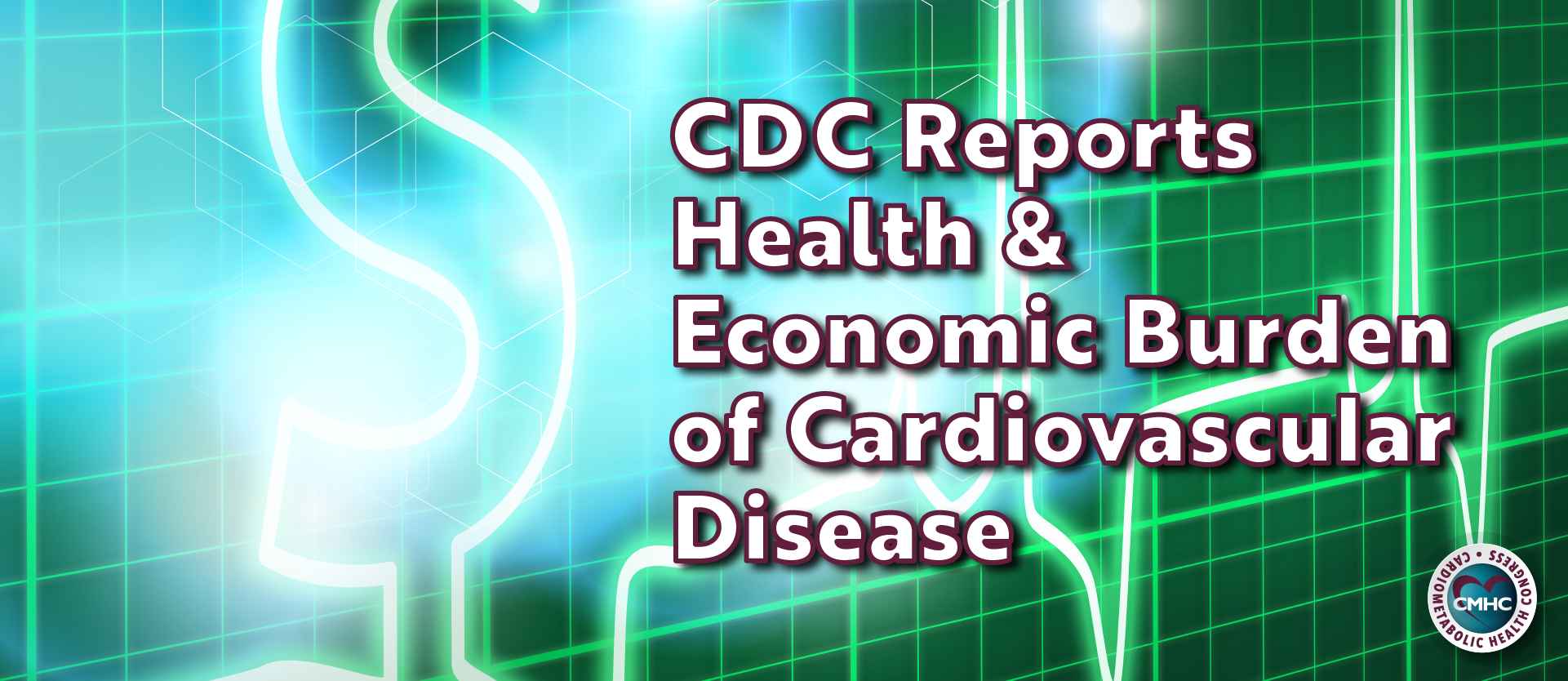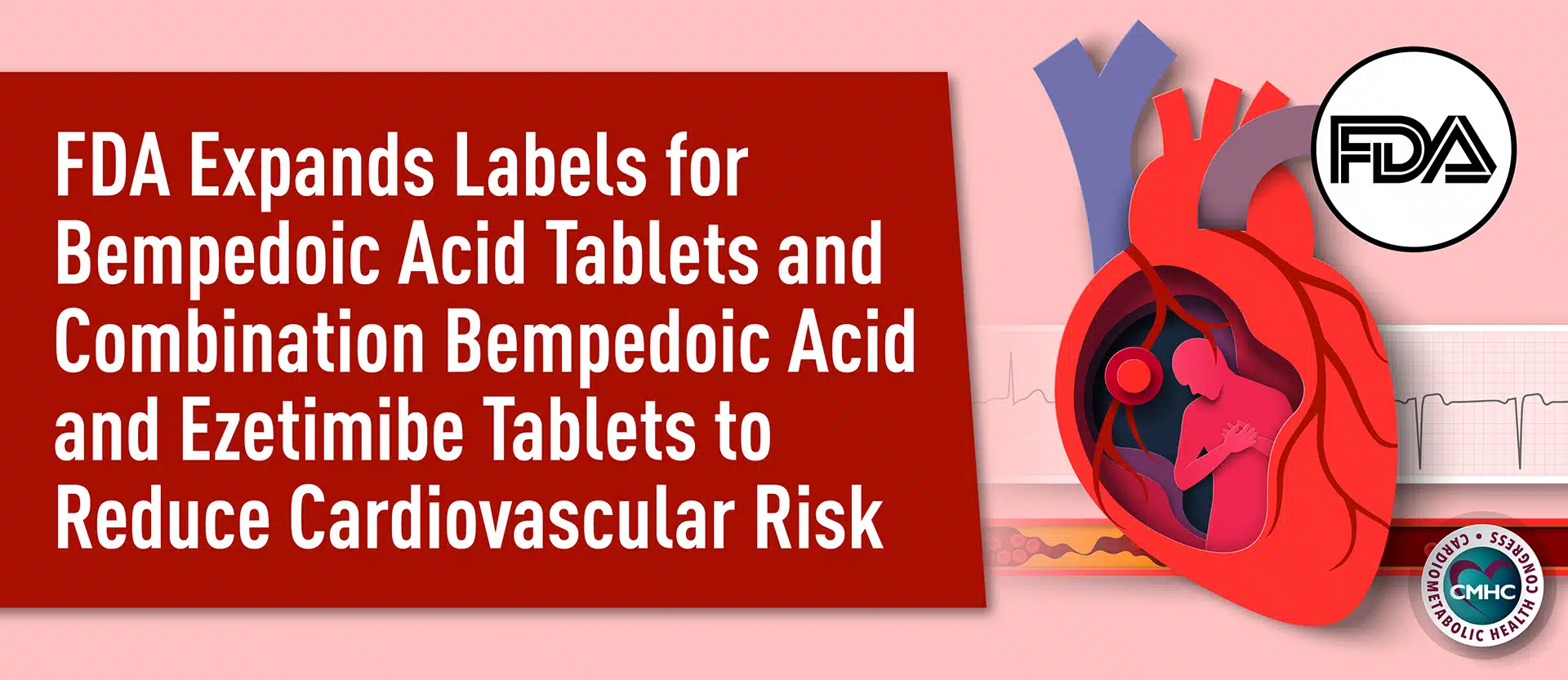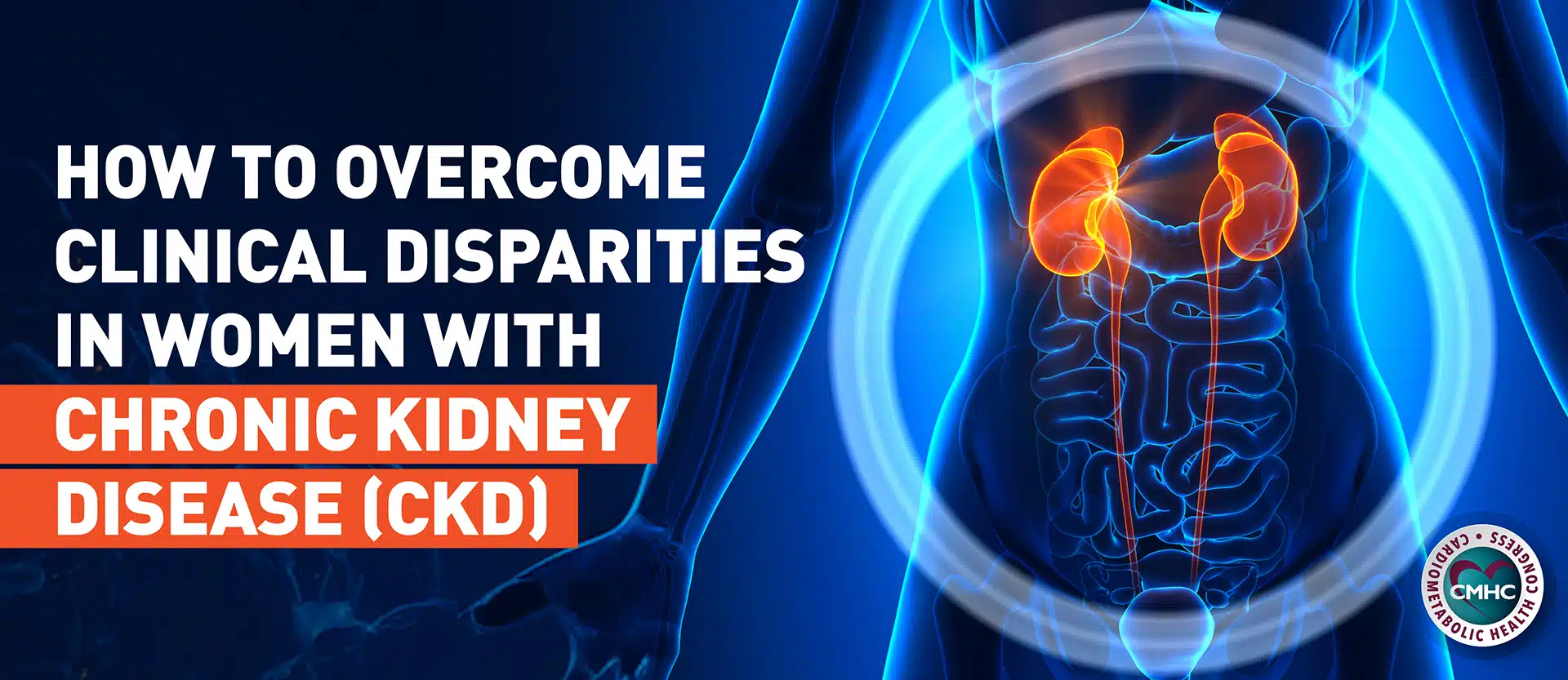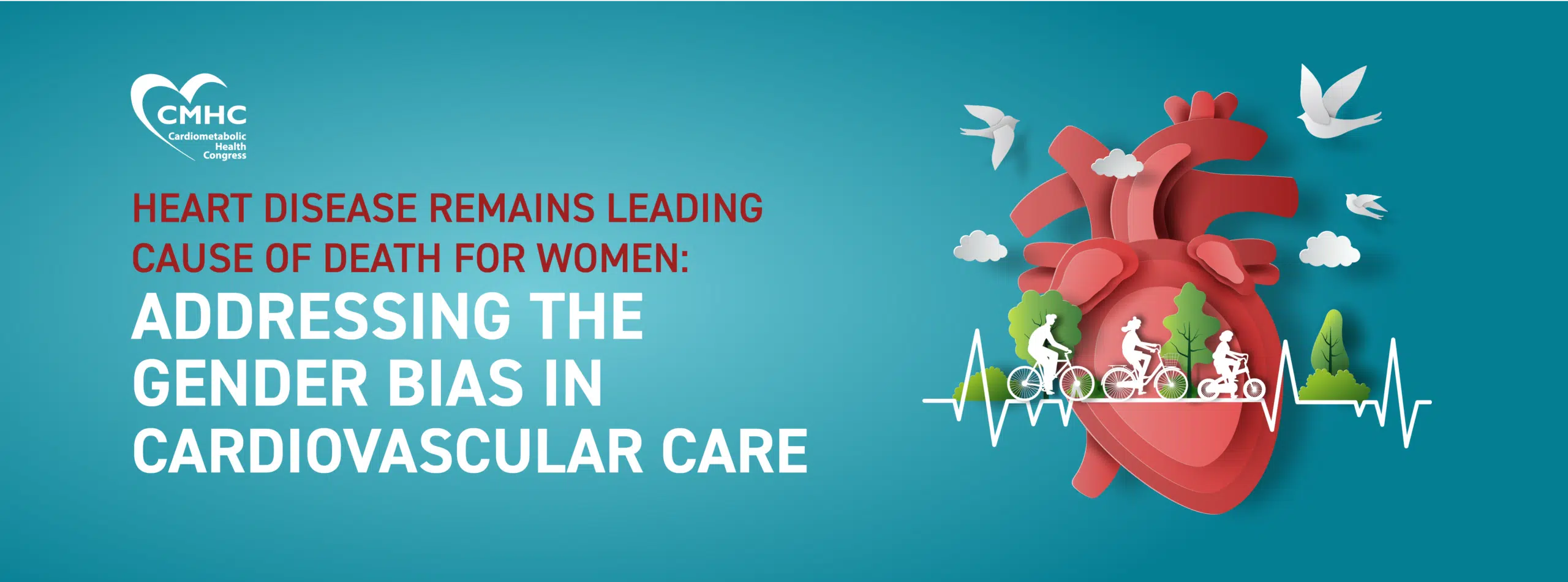Despite the extensive literature and research that indicates the preventability of cardiovascular disease, it remains a primary and leading cause of not only mortality & morbidity, but also a tremendous health care cost and economic burden. A Vital Signs report recently released by the Centers for Disease Control and Prevention cited that in 2016 alone, myocardial infarction, strokes, heart failure, and other largely preventable cardiovascular conditions caused 2.2 million hospitalizations, 415,000 deaths, and $32.7 billion in costs.
The researchers that conducted the findings estimated that “without preventative interventions, approximately 16.3 million events and $173.7 billion in hospitalization costs could occur during 2017–2021.” Moreover, a second Vital Signs report pulled data from the National Health and Nutrition Examination Survey, the National Survey on Drug Use and Health, and the National Health Interview Survey to assess and analyze the pervasiveness and prevalence of critical, key cardiovascular disease risk factors. Researchers found that 54 million adults are smokers, and could likely benefit from smoking cessation interventions. 71 million adults are not engaging in physical activity, and thus more prone to cardiovascular disease. Furthermore, millions of adults are not taking aspirin as recommended; 39 million adults are not managing their cardiovascular disease risk through suggested statin use; and 40 million adults are living with uncontrolled hypertension.
Quoted in an article published in the American College of Cardiology, Janet S. Wright, MD, FACC—executive director of Million Hearts, a national initiative co-led by the CDC and the Centers for Medicare & Medicaid Services, initially designed as a preventive measure to combat one million heart attacks and strokes by the year 2022—”Small changes–the right changes, sustained over time–can produce huge improvements in cardiovascular health.”
The report specifically explains that health care professionals & practitioners, in conjunction with systems and institutions, can focus on various aspects of heart health, including the use of aspirin when appropriate, management of blood pressure, cholesterol control, and smoking cessation. The report further recommends the utilization of a team approach through technological application, coupled with standard process and pooling skills in order to find and treat patients at higher risk for myocardial infarction and stroke. The researchers advocate follow-up care for patients who have previously had a myocardial infarction or stroke, in order to properly recover and therefore reduce future risk of another event. Finally, the report endorses the continuous promotion of physical activity and healthy eating among both patients and employees.
While there are enormous challenges associated with achieving the Million Hearts 2022 goal, and tackling the health and economic burdens of cardiovascular disease, there are ample opportunities to improve the nation’s cardiovascular health. In a related viewpoint recently published in JAMA, Wright and co-authors discuss small steps needed for cardiovascular disease prevention, and focus on the critical need for “individuals and families, health care and public health professionals, and communities to begin doing what works, one small step at a time.”
SOURCES
https://jamanetwork.com/journals/jama/fullarticle/2702070
https://www.cdc.gov/mmwr/volumes/67/wr/mm6735a3.htm
https://www.cdc.gov/mmwr/volumes/67/wr/mm6735a4.htm
https://www.acc.org/latest-in-cardiology/articles/2018/09/06/13/39/new-cdc-reports-spotlight-staggering-number-of-cv-deaths-and-hospitalizations


















